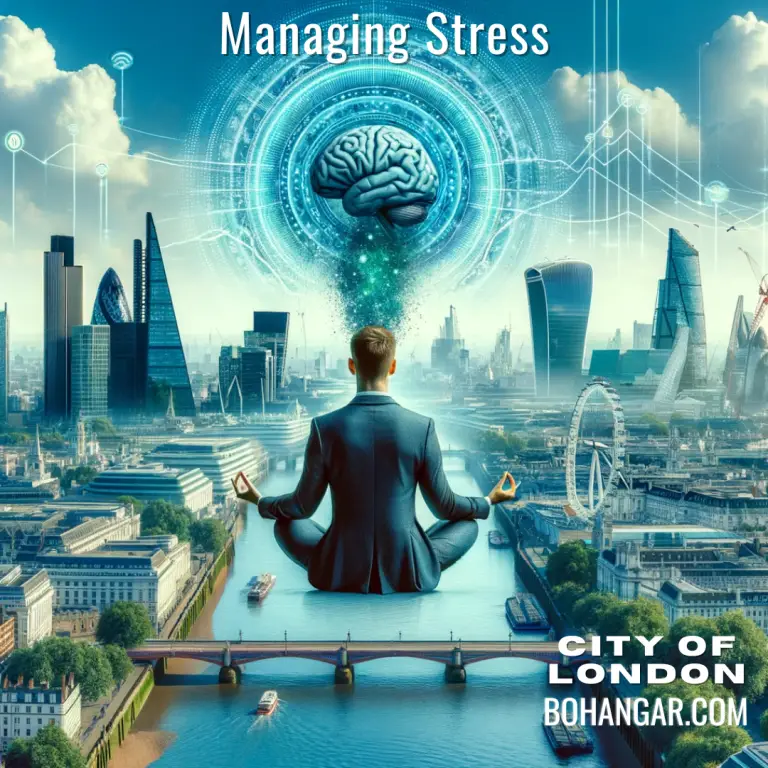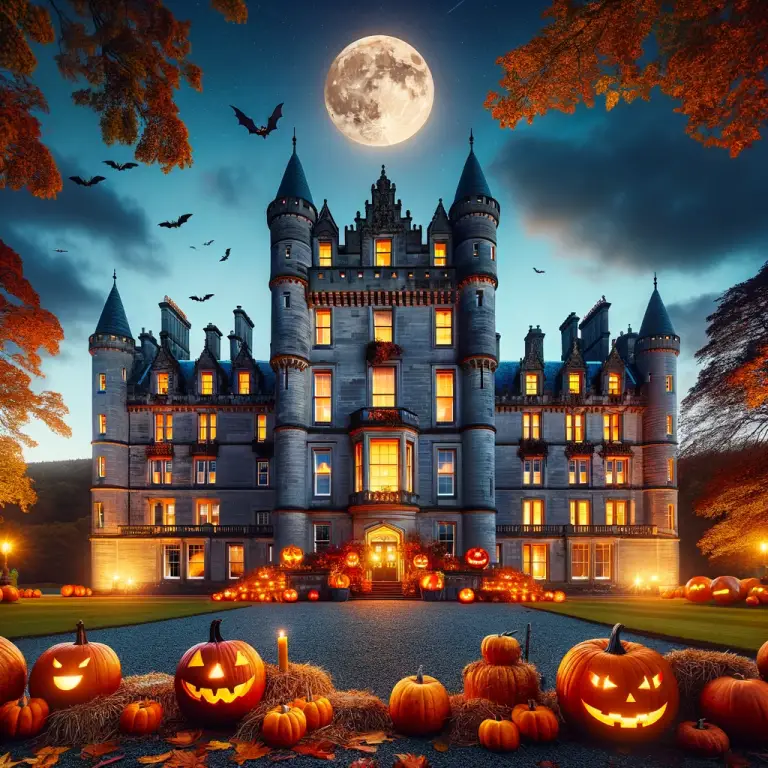what
Art Exhibition
“John Ruskin: The Power of Seeing”
Drawings, paintings, sculpture metal work, plaster casts
where
London 2 Temple place
When
26th Jan – 22 April 2019
How
The Bulldog Trust, run Two Temple Place and have collaborated with the guild of St George, Sheffield Town Trust, The Garfield Weston Foundation, The Foyle Foundation and James Neill trust Fund. This team effort is aimed at exhibiting “Celebrating Ruskin in 2019”, is to mark the Bicentenary of his Birth.
Sheffield will feature their Ruskin exhibition entitled “Art and Wonder in the Millennium Gallery.
Who is John Ruskin
8/2/1819 – 20/1/1900
A British Artist as well as an Art critic, teacher philosopher, a writer in the Victorian era. He was a draughtsman, painted with watercolour. He had radical views was forthright and often would say things hoping to make people amused.
Into geology, architecture, botany, politics, bird wildlife, social impacts of our surrounds and how we interact with them. Mountains andRu their detailed structures were of great interest to him, especially the alps and collected smaller rocks.
A conservationist who was an influence on setting up the National Trust and National Parks movement.
Predicting the Greenhouse effect way before science programs did. Aware of the pollution from the industrial revolution and its impact on man’s physical and mental health.
What Ruskin wanted people to experience
He wanted people to be able to appreciate and value natural beauty in their surroundings. Ruskin collected natural items, works of beauty that he allowed the working Victorian classes to be able to handle. This he phrased “hand power, heart passion”. Since 2015 Sheffield’s project has enacted this and enabled at least 15,000 adults and young people to engage in his ideas. Ruskin’s books are translated and known all over the world.
London Born
John Ruskin was born in London 54 Brunswick Square. Childhood was in South London near Camberwell, Herne Hill, Denmark Hill and Peckham. A book he was given with poetry and artworks by Turner captured his imaginative creative heart and set a path for what he wanted to pursue in life.
Education visual, spiritual diverse
From a young boy, he was encouraged to engage in the literature by such greats as Walter Scoot, Shakespeare Byron as well as the Bible. His mother taught him to retain long bible verses. His skills at public speaking in later life could be imagined by the style of execution one experiences during a religious sermon, loud emotive, changes of intonation and thought-provoking as well as persuasive.
By luck, he then was tutored by Thomas Dale Professor of English Literature at Kings College and entered the realms of Oxford.
Geography trips
His family traveled so he was able to see landscapes and changing scenery of Scotland, the lake district. In the 1820s managing to visit Europe, Belgium, France and Italy. So the poetic themes, romantic architecture helped to influence Ruskin further. He emulated the style of artists like Turner and Samuel Prout. He later visited Chamonix more of France and Switzerland. Normandy and many of these other countries contained Gothic architecture which he had admiration for. So much so that he wrote about Gothic Architecture in 1849 “The Seven Lamps of Architecture”.
Romance and Pre Raphaelites
1847 Ruskin married Effie Gray who was from Scotland.
1848 visited explored Venice, its classical stunning architecture it’s restoration and its once great empire and the lesson that could be learnt. He was very hands-on and was not afraid of getting dusty and physically and mentally demanding work.
1850’s era he had inspired the Pre-Raphaelites. The Pre Raphaelite Brotherhood to those who do not know was formed around 1848. The ethos was to paint only from nature, artists such as Millais, Rossetti, Hunt. Others soon joined that movement.
Turning the page to start a new chapter that would capture Turners Works.
Turner died in 1851 Ruskin was named as the executor of his will which he did not want to take on in the beginning but eventually did. It was his honor to respect one of his biggest idols. He cataloged, framed, wrote up described many thousands of Turner’s artworks. Ruskin ’s effort enabled the public to view many of Turners works in national art institutions such as the National Gallery.
1854-1858 Ruskin taught Art at the Working Men’s College.
1869 Ruskin became the first Slade Professor of Fine Art at Oxford University. A well known quoted lecture of his in 1870 contained the following;
“The Art of any country is the exponent of its social and political virtues.”
His lectures were so in demand he performed them to students, the public and in print by publication.
Ruskin Land
In 1871 Ruskin formed the Guild of St George. “Ruskin Land” is where the organisation set up in the Wyre Forest Worcestershire. Enchanting woods and creative farmland. The organisation is now a charity that promotes art crafts and rural economy. It was a group who were anti-capitalist. He preferred the good life of the countryside, natural farming methods, self-sufficiency, being at one with nature. He was all for promoting traditional crafts. This is how William Morris and CR Ashbee connect to this story and their part in the Guild of Handicrafts where they carried on the Ruskin vision.
Why Sheffield
Sheffield known as an industrial hub contained many workers that Ruskin identified with. On the one hand the many metal craftsmen, and the environmental aspect. The fact that a lot of working class and run down places in need of social reform would seem like the ideal specimens to benefit from anything Ruskin could try to set up there. Metal craftsmen have been in Sheffield since the 14th C it is rich pickings for arts and crafts. A metal engraver Ruskin taught at the Working men’s college introduced Ruskin to Sheffield. The engraver took a senior position in the Museum Ruskin opened there in 1875 “St George’s Museum”.
Many of the beautiful objects Ruskin collected as well as his artworks are owned by the Guild.
Highlights of the Exhibition at 2 Temple Place
“Fifteen Things Heartily Loathed by John Ruskin
A Railway station
Using words like “temple of discomfort, people miserable and in a hurry, transmuting man into a living parcel”
Cycling
“I not only object, but am quite prepared to spend all my best “bad language” in reprobation of the bi-,tri- and 4-5-6 or 7 cycles….”
The Hunchback of Notre Dame by Victor Hugo
“I believe it to be simply the most disgusting book written by man”
Having his photograph taken
Victorian Church Statuary
The English Constitution
From a letter to Thomas Carlyle 1875 ”the rottenest mixture of Simony, bribery, sneaking tyranny, shameless cowardice and accomplished lying, that ever the Devil chewed small to spit into God’s Paradise.”
Iron Railings
“your Iron Railing always means thieves outside or Bedlam inside”.
The Houses of Parliament
The Most effeminate and effect less heap of stones ever raised by man”
Wagner’s the Meistersingers
From a letter to Mrs Burne Jones, 30 June 1882. A hilarious description of his relief when the noise stopped, which he could not tolerate.
The Renaissance Buildings of Venice
the architecture did not impress Ruskin
Lawyers
Making Money
Kings College Chapel Cambridge
Described comments about the architecture in Seven Lamps of Architecture page 229
Palladio
Again the architecture comes under scrutiny. From Modern Painters Vol.3 p 61 “wholly virtue less and despicable.”
The Railways around Dieppe
Other items on display
Dan Holdsworth –“Acceleration Structure 2018 Film
Using a type of photography called Photogrammetry. This has taken the curiosities and visions Ruskin had into current technological art. The detail of the Alpine structures above Chamonix France looks stunningly beautiful.
A large ceiling lampshade hung over the staircase with bird life artwork delicate cylindrical subtle cream satin brown shades.



